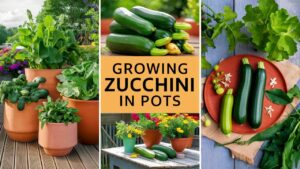For gardeners in USDA Plant Hardiness Zone 9, there’s a plethora of evergreen options that not only thrive in the warmer climate but also add a unique charm to your garden. Whether you prefer shrubs, trees, or hedges, this guide will introduce you to some stunning evergreen choices that will bring life to your garden year-round.
Gardenia

Gardenias are an evergreen shrub that offers more than just a lovely green backdrop. Renowned for their creamy white flowers and intoxicating scent, gardenias can transform any garden into a fragrant paradise. They thrive in partial shade to full sun, making them versatile plants for various parts of your landscape.
In zone 9, gardenias can flourish if given well-draining, acidic soil and regular moisture. They typically reach a height of 2 to 8 feet, depending on the variety, and their glossy leaves contrast beautifully with the white blooms. Pruning after flowering can help maintain their shape and promote denser foliage. These delightful shrubs work beautifully as foundation plants, hedge rows, or even as accent pieces in mixed borders.
Hibiscus
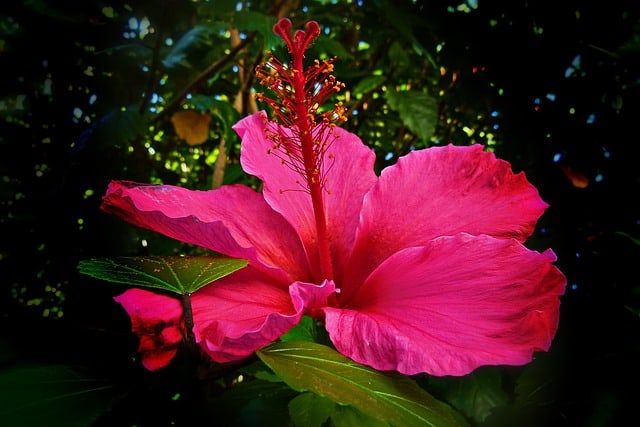
Hibiscus is a celebrated evergreen that brings a tropical flair to gardens in Zone 9. With their large, showy flowers that often come in dazzling shades such as red, yellow, orange, and pink, hibiscus plants can instantly brighten any landscape. They thrive in full sun and require well-draining soil to grow robustly.
The perennial hibiscus varieties can act as stunning focal points, while the tropical types create lush privacy screens or delightful groupings. Hibiscus does best with regular watering and can benefit from a balanced fertilizer during the growing season. Remember to deadhead spent blooms to promote continuous flowering throughout the summer. With proper care, these vibrant beauties can reach heights of 4 to 8 feet.
Camellia
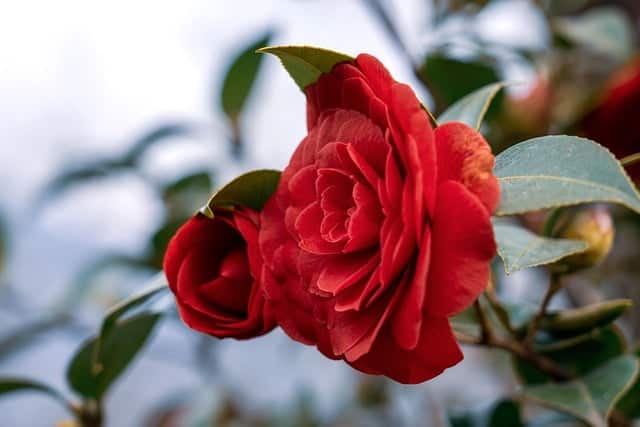
Camellias are the epitome of elegance in the evergreen shrub category. Known for their stunning flowers that can be found in various colors including white, pink, and red, these plants bloom in the cooler months, providing a contrast to the warmer-season blooms. They offer a delightful addition to any garden in Zone 9, where they can flourish in partial shade, particularly under taller trees.
Camellias prefer well-drained, acidic soil enriched with organic matter. Regular watering is essential, especially during dry spells. These shrubs can range from 2 to 20 feet tall depending on the variety, making them suitable for both low hedges and towering specimens. With their glossy leaves and exquisite blooms, camellias make excellent standalone features or can be planted in mass for dramatic impact.
Abelia
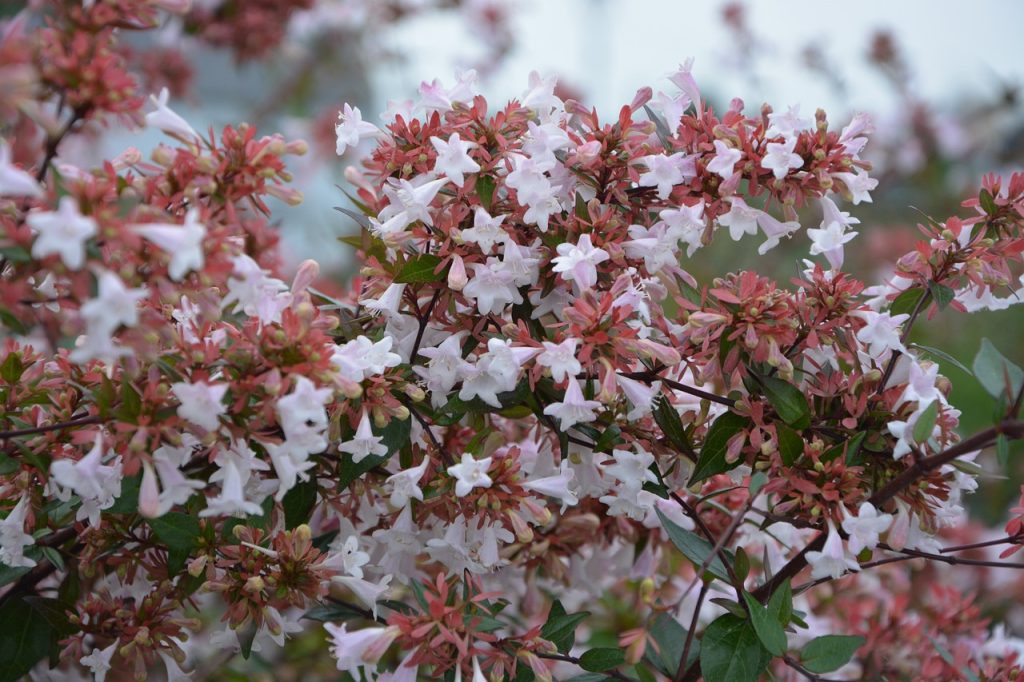
Abelia is a lesser-known evergreen that deserves recognition in Zone 9 gardens. This versatile shrub brings both beauty and resilience, characterized by its arching branches and small, tubular flowers that attract pollinators. Depending on the variety, abelias can bloom from late spring through fall, creating a dazzling display of color.
One of the most appealing aspects of abelias is their low maintenance requirements. They thrive in full sun to partial shade and well-drained soil. Pruning can encourage bushier growth, and these plants typically reach heights of 3 to 6 feet. Their natural form allows for a relaxed look in the garden, perfect for mixed borders or as a foundation plant for larger homes.
Escallonia
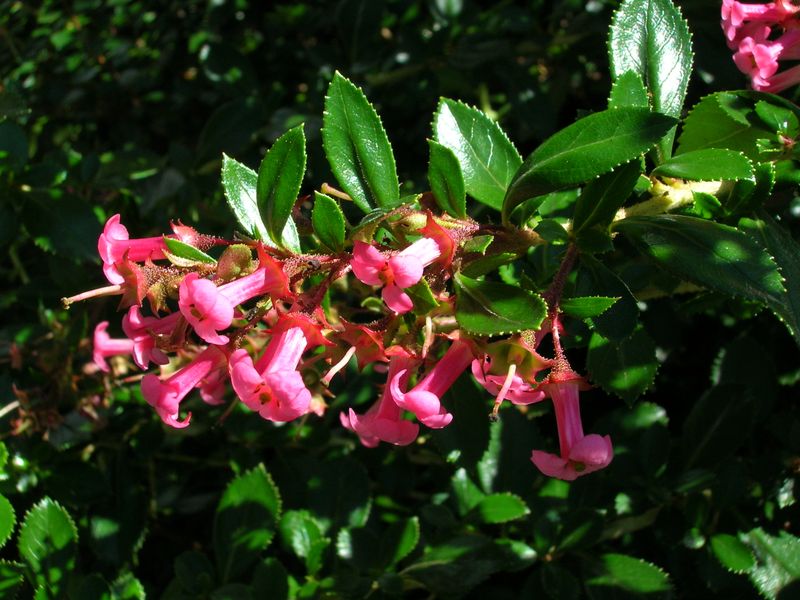
Escallonia is known for its glossy foliage and colorful flowers that bloom throughout the summer, making it a delightful choice for gardeners in Zone 9. This evergreen shrub can grow quite tall, reaching heights of 3 to 10 feet while developing a neat, rounded shape. It serves as a fantastic choice for privacy hedges due to its dense growth habit.
Escallonia thrives in well-drained soil and can tolerate both full sun and partial shade. It’s also relatively drought-tolerant once established, making it ideal for those who might forget to water regularly. The fragrant flowers, which can be white, pink, or red, prove attractive to hummingbirds and butterflies, enhancing the garden’s wildlife appeal.
Southern Yellow Pine
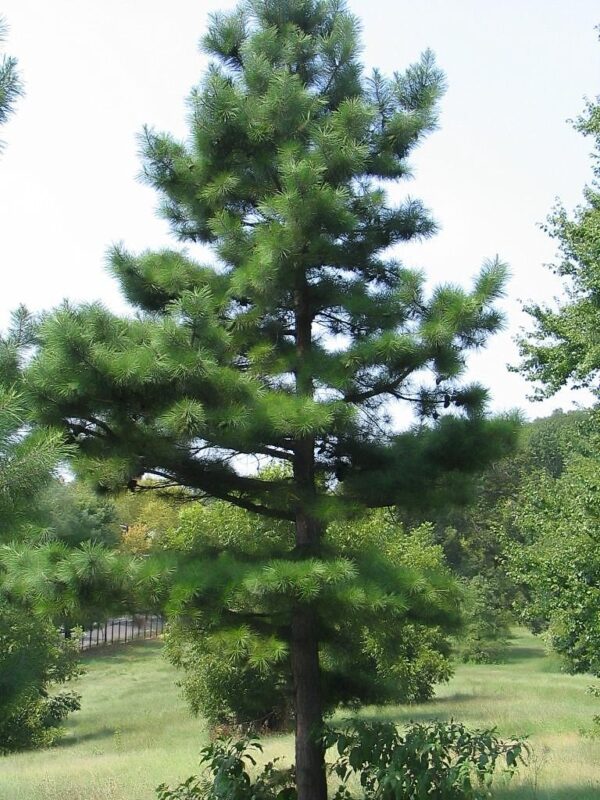
Southern Yellow Pine, a native tree species to the southeastern United States, is an evergreen that provides both beauty and utility. Known for its tall, straight trunk, it can reach heights of over 80 feet, making it an excellent choice for larger landscapes or as a windbreak. This tree not only creates a stunning visual presence but also provides valuable timber.
In Zone 9, Southern Yellow Pine thrives in well-drained, acidic soils and prefers sunlit areas. Its needle-like leaves create a dense crown that can provide excellent shade. Additionally, this tree is relatively pest-resistant and can tolerate drought conditions, making it a resilient choice for many gardeners.
Japanese Black Pine

The Japanese Black Pine is a striking evergreen that adds a touch of exotic allure to Zone 9 gardens. Known for its unique, dark green needles and picturesque shape, this tree can grow 30 to 50 feet tall and has a broad, spreading canopy. It thrives in sandy or well-draining soils and prefers full sun, making it ideal for coastal areas or where wind resistance is needed.
This majestic tree is often used in Japanese garden designs and bonsai due to its architectural form. Regular pruning can maintain its shape while promoting a fuller growth pattern. Additionally, the Japanese Black Pine is salt-tolerant, making it a great option for seaside gardens where harsh conditions may otherwise limit your planting options.
Mugo Pine
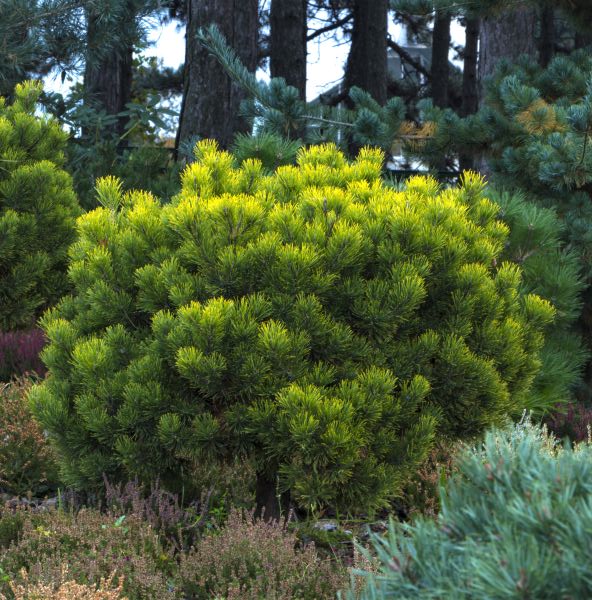
Mugo Pine is a dwarf evergreen that brings versatility to smaller spaces in Zone 9 gardens. With its compact form, reaching heights of only 2 to 10 feet, it is perfect for rock gardens, borders, or as a low hedge. The Mugo Pine’s needles are short and rich green, offering year-round interest without demanding a significant amount of space.
This hardy pine prefers well-drained soils and can thrive in both full sun and partial shade conditions. It requires little maintenance aside from occasional pruning to shape it as desired. Because of its low growth habit, it can be used effectively to create a lush ground cover, providing a beautiful transition between garden beds or as a filler where other plants may struggle.
Deodar Cedar
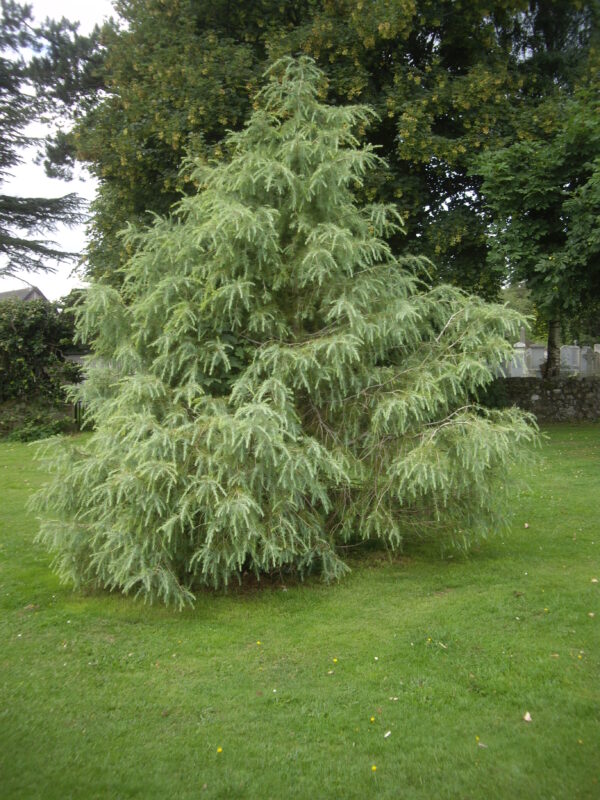
Deodar Cedar is a magnificent tree that adds grandeur to any landscape in Zone 9. With its sweeping branches and soft, feathery needles, this evergreen can grow up to 40 to 70 feet tall, making it a striking focal point or shade provider. The Deodar’s graceful, layered form creates a soft silhouette against the sky and offers year-round visual interest.
This tree flourishes in well-drained soil with full sun exposure. Although it is relatively tolerant of drought once established, regular watering during dry spells will support its growth. Deodar Cedar is also known for its aromatic wood and pest resistance, making it an aesthetically pleasing and practical choice for your landscape.
Leyland Cypress

For those looking for a fast-growing evergreen to create privacy or wind breaks, Leyland Cypress stands out as a prime candidate. This tree can grow up to 60 feet tall and 25 feet wide, making it perfect for quick privacy solutions. The soft, feathery foliage creates a lush green wall that can shield your property from prying eyes and harsh winds.
Leyland Cypress thrives in a variety of soil types and can tolerate both sun and partial shade. Its rapid growth rate ensures that you won’t have to wait long to enjoy the benefits of your new addition. Regular trimming can help maintain its shape and size, and with proper care, this tree can serve as a durable and beautiful part of your landscape for many years.
Italian Cypress

The Italian Cypress is an iconic evergreen tree that adds a stately and dramatic flair to Zone 9 gardens. With its tall, narrow profile, this tree can reach up to 70 feet in height while maintaining a slender form. Its dark green leaves and upright habit make it an ideal choice for creating striking vertical accents or lining driveways and pathways.
Italian Cypress thrives in well-drained soils and prefers full sun, making it a perfect choice for areas with hot, dry climates. It is relatively drought-tolerant once established, making it a practical choice for those who want a low-maintenance yet visually appealing option. This tree has become synonymous with Mediterranean-style gardens, adding a touch of elegance and timeless beauty.
Bald Cypress

The Bald Cypress is a unique tree that flourishes in wetland areas, adding an interesting touch to gardens in Zone 9 that may have varying moisture levels. This deciduous conifer can reach heights of 50 to 70 feet, featuring a broad crown and distinctive flared base. Its unique growth habit, often seen growing in water or swampy areas, makes it a fascinating addition to any landscape.
Bald Cypress prefer wet, well-drained soils and can tolerate a range of conditions, from dry to periodically flooded landscapes. The tree’s foliage turns a vibrant rust color in the fall before shedding, providing seasonal interest beyond its evergreen cousins. As they mature, Bald Cypress can develop impressive knees, or protrusions, that add character to the overall appearance, especially in areas where water is present.
Holly
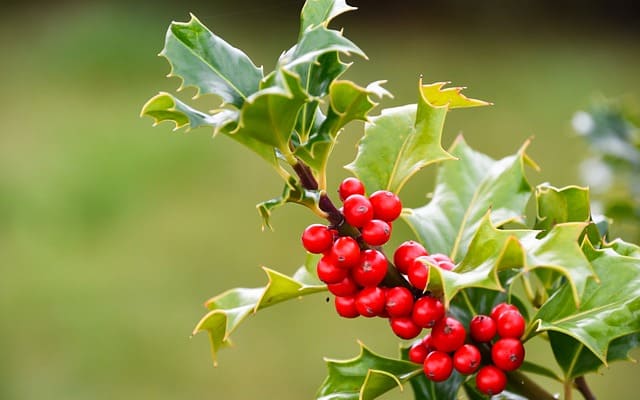
Holly is a classic evergreen shrub or tree commonly associated with many holiday traditions, but it can offer year-round beauty in Zone 9 gardens. With a wide variety of species, including the popular American Holly and Chinese Holly, these plants are not only decorative but also serve as excellent wildlife habitats.
Hollies are typically glossy-leaved and often feature bright red berries that attract birds, creating a visual spectacle during winter. They thrive in well-drained soil and can tolerate both full sun and partial shade. Depending on the variety, hollies can range from small shrubs to tall trees, offering versatility in landscaping. Regular pruning can shape and encourage dense growth, producing a lovely hedge or privacy barrier throughout the year.
Tea Olive
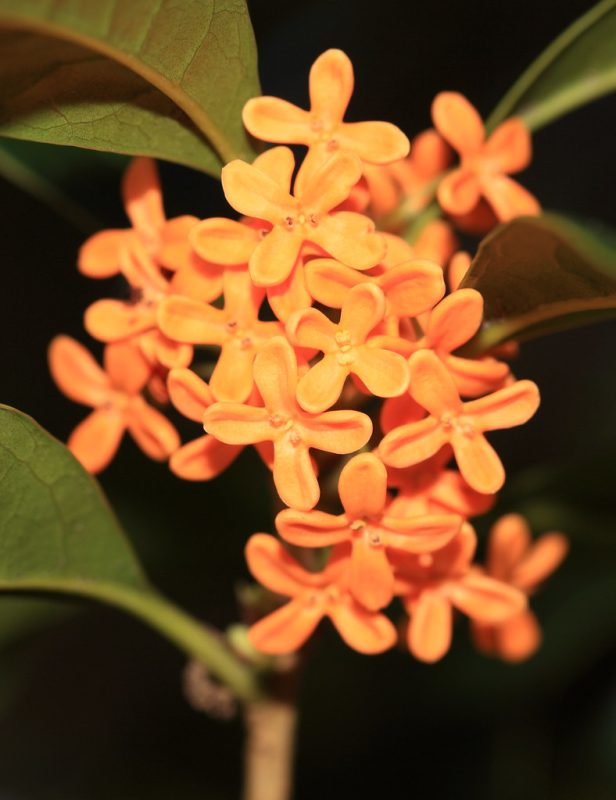
The Tea Olive is a wonderfully fragrant evergreen shrub or small tree that can be a delightful surprise in any Zone 9 garden. Recognized for its small, creamy white flowers that emit a sweet, heavenly scent, this plant can grow 10 to 20 feet tall, making it an excellent choice for gardens where height and fragrance are desired.
Tea Olives prefer well-drained, slightly acidic soil, and they thrive in full sun to partial shade, though they will produce the best floral display in full sun. This plant is relatively low-maintenance, making it an attractive option for busy gardeners. Regular pruning encourages bushier growth and can shape the plant to fit your landscape needs.
Conclusion
Incorporating evergreens into your Zone 9 garden not only ensures year-round beauty but also creates a thriving ecosystem that can withstand the seasonal changes of Southern weather. From the fragrant blooms of gardenias and tea olives to the striking forms of cypresses and pines, there are endless possibilities for creating a dynamic and inviting landscape.




